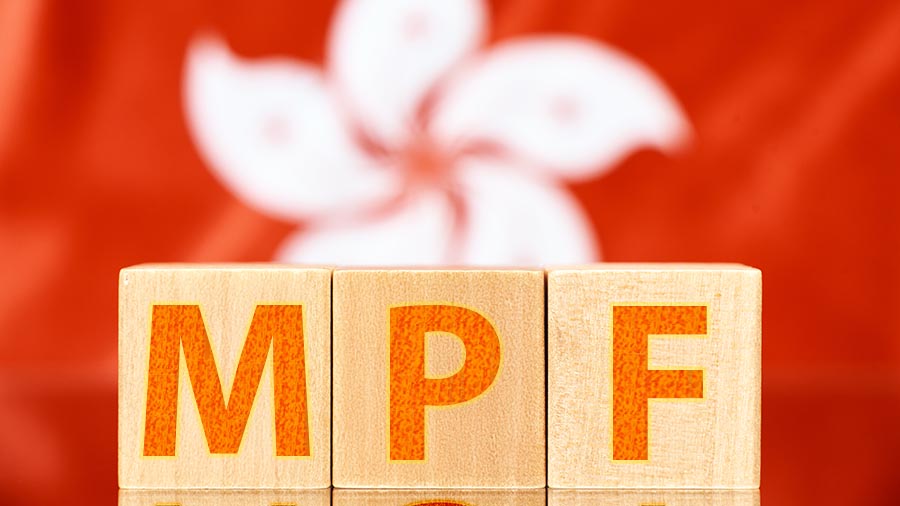Western Debt Crisis: A Turning Point for China?
The current debt crisis affecting many Western markets offers major expansion opportunities for China and its large state-owned enterprises
Opinion: Tahuy Chhan
Feb 9. – The current crisis of national debts affecting Western developed countries has created a favorable period for China to strengthen its position in overseas markets. In particular, it offers potentially lucrative opportunities in North America and in Europe – traditionally the most difficult markets to conquer for emerging actors.
China strengthens its position as an investor
With strong commercial surpluses and high national savings, China is at the heart of current events by massively investing in industrial assets and public securities. This is especially the case within U.S. and European markets where China has been contributing to the financing of public deficits within troubled states while boosting industrial projects.
In terms of direct investment, the 2010 episode of the Port of the Piraeus – a US$3.3 billion contract concession signed between Greece and China via its public entity Cosco – is illustrative of Chinese ambitions. The level of direct Chinese investment into Europe remains relatively low compared to other countries such as Brazil, but there has been strong growth since 2008; in 2009, Chinese direct investment into Europe exceeded the levels invested in Africa, according to the Chinese Ministry of Trade. Chinese foreign surpluses, more than US$3.2 trillion in exchange reserves this year alone, are especially held in the form of public securities: Treasury bonds and government bonds.
The development of Chinese investments abroad has also aroused certain anxieties in the regions and sectors where it invests. For some, China constitutes a threat to local companies, employment, and overall social structure, while for others, this development offers opportunities. China operates abroad in ways targeted by means of its large state-owned enterprises, serving as the sort of operational “tentacles” of Beijing decision-making.
The “success story” of the state banking model
Most of the big Chinese companies which operate on the international stage remain controlled by the central government. They want to forge “national champions,” capable of competing with the big multinationals already in place. The current context of the crisis offers them new operational opportunities, propping up ailing firms through infusions of capital or repurchase, both creating strategic alliances.
The Chinese firms are experiencing a major change in direction as their international expansion accelerates. Having built their economic development on a large-scale national base, big representatives have arisen out of the energy sector (PetroChina, Sinopec), financial services (Industrial and Commercial Bank of China), computer technology (TCL), electronics (Changhong), and household electrical appliances (Haier).
The Chinese model of international development is also connected to the hegemony of its large state-owned commercial banks, which are supporting the development of domestic companies overseas. Quoted on local exchanges as well as the Hong Kong Stock Exchange, these banks are following the example of the Industrial and Commercial Bank of China. They have become “monsters” in terms of market capitalization, upsetting the hierarchy of the traditional North American and European banks, which are struggling in the context of this current crisis. So, with this crisis of national debts, China’s model of international development has entered a pivotal stage, the scale of which will likely continue to grow through the rest of the decade.
Tahuy Chhan is an economist and China specialist working for Leading Edge Alliance partner firm Primexis in Paris, where he is currently developing an investment fund focusing on the Asia-Pacific region. He is a member of France’s National Center for Scientific Research “Reseau Asie” as well as the Research Center for Industrial Processes, CEMI.
- Previous Article Citibank Permitted to Issue Credit Cards in China
- Next Article China’s Provincial Retail Statistics for 2011























